How to Brush Your Dog’s Teeth with step-by-step techniques and expert tips to keep them healthy and clean.
How to Brush a dog’s teeth is just as important to its health as ours. That is why we will explain in our Guide How to brush your dog’s Teeth. In numerous instances, pet owners neglect to clean their dog’s teeth, which can result in tooth decay and dental issues in the future. Owners need to establish a routine for brushing their dogs’ teeth so that they can stay healthy and happy.
How to Brush Your Dog’s Teeth Daily
Dogs have many dental problems that can be avoided. A Guide on How to Brush Your Dog’s Teeth is Easier Than It Sounds. You only need dog-friendly toothpaste and a toothbrush, which you can find at any pet store.
The most important thing to remember when you brush your dog’s teeth is to use the correct technique so that your dog does not get scared and avoid the process in the future.
The reasons in our guide on how to brush your dog’s teeth are vital.
Brushing your dog’s teeth is an excellent way to maintain Good Dental Hygiene and a bonding experience for you and your Pet Oral Health. It can also help you identify any potential problems early on.
1. How to Clean a Dog’s Mouth
It is an easy and accessible way to maintain oral health and doesn’t have to be expensive! How often should I brush my dog’s teeth? Brushing your dog’s teeth at least once weekly would help ensure healthy oral hygiene.
2. Are Dogs prone to gum disease?
Yes, which can lead to heart and kidney disease, so we must care for their teeth! Regular brushing and cleaning are vital for your dog’s gum health! Dentists recommend brushing your dog’s teeth at least twice per week. Brushing your dog’s teeth daily is essential, but in a different way than you would clean your own.
Tips on getting your furry friend’s mouth healthy:
Choose a dog-friendly toothbrush that’s small enough to fit in the pup’s mouth. Human brushes are too big, so ensure you get one designed for your pet.
- Brushing one side at a time, from the outside inwards and from the back molars to the front.
- Apply a small amount of toothpaste to your index finger or hand. Be sure to use toothpaste made specifically for dogs and that it does not contain xylitol, which can harm dogs.
- Begin by brushing their teeth in gentle circles on one side at a time.
How to Help Remove Tooth Decay Properly
-
Learning How to Brush Your Dogs Teeth will help you identify any potential problems early on – like plaque buildup or tooth decay – which means they’ll need less work done when the time comes!
- Brush your pup’s teeth, and they will love you for it.
- You’ll feel great knowing you’re providing your pet with the love and care they need.
The Dangers of Not Knowing How to Brush
The dangers of unbrushed teeth are severe problems, such as tooth decay in dogs for many owners. Dogs, just like humans, can suffer from tooth decay. Bacteria in the mouth thrive on the sugars from food and drinks. When the bacteria feed on these sugars, they produce acid that starts to attack the teeth. The acid breaks down the tooth’s surface and begins to break down its structure.
Decay can cause Heart Disease if Left Untreated.
Tooth decay can cause pain and infection in your dog’s mouth, leading to other health problems, including heart disease or even death, if it reaches an advanced stage and is left untreated. Treat your dog to a visit to the veterinarian for Pet Dental Care.
Dog Toothbrush Comparison Chart and Reviews for 2023
As dogs age, they can develop plaque and tartar on their teeth, leading to bad breath, gum disease, and tooth loss. Brushing your dog’s teeth is important to keep your dog’s mouth healthy.
Fortunately, many types of toothbrushes and toothpaste specifically designed for dogs are available today. If your dog has bad breath, you may be interested in finding the best toothpaste for them. Before making a purchase, it is crucial to consider aspects like size, shape, and user-friendliness.
How To help you out, here’s an overview of the top toothbrushes for dogs
There are three types of toothbrushes for dogs: short, medium, and long-bristled. Short-bristled brushes are typically used for smaller dog breeds, while long-bristled meetings are better suited for larger dogs. The Best Brush for your Dog is medium-bristled between the two sizes.
Toothbrush Size
Brush head size is another thing to consider when picking a brush. Brush heads with medium-sized bristles are often the best choice, providing a gentle yet thorough cleanse without damaging teeth or gums. Bristles with large numbers are often harder on gums and should not be used.
What Shape of Toothbrush to buy?
Brush head shape can also be essential to consider when selecting a brush. Square bristle heads tend to clean more effectively because they can fit into corners more efficiently than round heads that may not reach around the tooth surface. Round bristled brushes are best for gentler brushing of the gum line and are less likely to hurt your dog’s mouth. If you find it difficult
Can I use baking soda on my dog’s teeth? Is this okay?
There are many reasons why baking soda is not suitable for use in a dog’s mouth.
If swallowed, baking soda can irritate the mouth and throat and create a chemical reaction that may damage tooth enamel.
If you still want to try it, mixing baking soda with water and letting your dog drink it from a bowl is best. Mix baking soda with apple juice if you have a particularly stubborn case.
How do I help my dog drink tap water?
It is a common question that can be alarming for pet owners. There are many reasons why dogs may not drink tap water.
A common reason is that the water does not taste good to dogs. The reason can be that the water has been sitting too long or that the taste is different. If so, you should give fresh tap water or bottled water.
If your dog is in pain when he drinks tap water or has other signs of illness, such as diarrhea or vomiting, you should consult a vet immediately.
When should I seek a professional?
Dogs are an essential part of many families. They are loyal, loving and protective. It is crucial to take care of them and provide them with all the necessary health care. While some people might have a vet to care for their dog’s mouth, others might need to know when to seek a professional to clean them.
There are a few signs that your Dog Needs Dental Care
- Your dog is drooling or has excessive saliva in his mouth – The excessive drooling or saliva in your dog’s mouth may indicate a severe health problem. It can be caused by dental disease, diabetes, kidney disease, or Cushing’s Disease. If you notice your dog is drooling excessively, call your vet immediately.
- The dog’s breath smells bad.
- The gums bleed when touched.
- The teeth are discoloured or infected.
Make Teeth Brushing Fun for the Dog
It is a common misconception that dogs don’t need to brush their teeth. It is not valid. Dogs can develop dental problems and gum disease like humans if they don’t brush their teeth regularly.
We should make brushing our dog’s teeth fun by giving them something delicious to eat after brushing their teeth or giving them a toy that only comes out after brushing their teeth. It is important to approach teeth brushing for dogs with kindness and positivity rather than using pain or intimidation. A great way to encourage your dog to have their teeth brushed is by rewarding them.
When should dogs’ teeth be brushed in the morning or evening?
For optimal results, brushing your dog’s teeth several times daily using a soft toothbrush designed for dogs is recommended. Additionally, it is recommended that any tartar buildup on their teeth be cleaned twice a week using a gentle toothbrush specifically made for pets. Brushing your dog’s teeth is essential to keeping them healthy!
List of Dog Teeth Brushing Tools
Dog teeth-brushing tools are a must-have for dog owners. They help to keep the dog’s teeth and gums clean and healthy.
Here is a list of some of the best dog teeth-brushing tools available.
1) Oral-B Pro 5000 Smart Series Rechargeable Toothbrush for Dogs
This toothbrush is designed specifically for dogs, with a rubberized grip that is easy to hold and use. The bristle from nylon is gentle on your pet’s mouth and gums. It also has a built-in timer that alerts you when you have brushed long enough.
2) Doggy Dental Kit
This kit includes all the necessary tools, including toothpaste, toothbrush, dental floss, finger brush and fingernail clippers, and an instructional DVD showing how to brush your pet’s teeth properly. It also comes with a 100% money-back guarantee.
3) Oral-B Pro 6500 Power Rechargeable Toothbrush for Dogs
This toothbrush gives your dog a comfortable, natural feel while you brush. The bristle is nylon, so they won’t bother your dog’s gums or harm their teeth, and a rubberized handle for a firm grip. It also has an integrated timer that alerts you when you have spent two minutes brushing each quadrant of your pet’s.
List of Dog Treats to Help With Oral Health
Dental health is an essential key to a healthy life for your dog. It’s crucial to maintain it with the proper diet and dental hygiene. I want to talk about how dental chews help with oral dog health. Many people struggle with giving their dogs treats that aren’t considered “safe” for their teeth.
It’s understandable to some extent, but there are many products that dogs can use to help maintain good dental health. Some people find it hard to give their dog chews because they believe it is unhealthy for the teeth; however, plenty of safe and healthy options are available today.
The following are some of the best dog treats to promote oral health
Some of the best dog treats for dental health are:
- Greenies Dental Dog Treats – they are made from natural ingredients and can help clean teeth by removing plaque and tartar – they are safe for dogs with sensitive gums- they are made from natural ingredients and can help clean teeth by removing plaque and tartar – they are safe for dogs with sensitive gums
- Cesar Today Grain-Free Dry Dog Food – This dog food is grain-free and perfect for your pup with allergies or sensitive digestion. Fed without grain, this dog food will provide a sustainable balance of nutrients that helps support your pet as it ages- this dog food is grain.
- Kong Puppy Toy is not a treat, but it can help clean teeth by acting as a chewing toy. Kong toys are chew toys for dogs. It is not a treat but can help clean teeth by working as a good chewing toy. Kong Puppy Toy is an excellent way to entertain your pup while home alone.
Creating a routine to Brush my Dog’s Teeth
An excellent routine to brush a dog’s teeth is to start with a game of fetch. Next, use a toothbrush and toothpaste that are for dogs. Reward your dog with a treat after they have finished brushing its teeth.
Conclusion: The Importance of Learning How to Brush Your Dog’s Teeth
There are many toothpaste and toothbrushes designed specifically for dogs. Brushing your dog’s teeth is essential for oral health and should be done at least twice a week. There are different ways to brush your dog’s teeth, but the easiest way is with a finger brush in any pet store. It’s vital to get the right toothpaste because it will depend on the type of diet the dog has and whether they have any allergies or gum disease. If your pet has any of these conditions, you should consult a vet before brushing their teeth.
What are “Dog Allergies”? 6 Signs You Have a “Dog Allergy to Dogs”
A dog allergy is an allergic reaction in which the body’s immune system responds to a substance and produces symptoms such as itching, swelling, or anaphylaxis.
Dog allergies may happen to a combination of substances in the Dog’s saliva, dander, urine, and fur.
These substances could be a protein from the Dog’s saliva that triggers an allergic reaction from the Dog’s dander that comes into contact with your skin.
Some of the most common Dog Allergies that affect people include:
1. Flea Allergy
A reaction that causes Itchiness and redness around the eyes, lips, nose and ears when exposed to fleas. The most common symptoms are sneezing, itchy eyes and nasal congestion. It can also cause dermatitis.
2. Grass Allergy
Allergic reactions to grass only appear in some people after they have exposed themselves to the hay-fever allergen. Symptoms may include a runny nose, sneezing, and itchy eyes and lungs.
3. Food Allergy
Allergic reactions are often associated with food allergies like hives, stomach cramps and vomiting, which occur when someone eats foods containing the allergy allergen and triggers an immune system response.
4. Food Intolerance
Food intolerance is not reactions to specific foods but to general foods. Common symptoms include abdominal pain and cramps, diarrhea, gas, bloating and Nausea.
5. Can you get Nausea from dog allergies?
Those with allergies will often suffer an allergic reaction to the animal’s dander. And saliva. Nausea is often a side effect of an allergic reaction to the animal’s dander and saliva.
6. What are the Sensitivities of dog dander?
Generally speaking, those sensitivities to animal dander will have an allergic reaction that can result in many symptoms. Some common signs people may suffer are itchy or watery eyes, a runny nose, a cough and asthma attacks. Those with severe allergies can suffer from serious anaphylaxis and require medical attention.
Finding Relief From Your “Dog Allergies!”
Having dog allergies can be challenging to find relief from the constant sneezing and itchy eyes.
We all know that dogs are great companions, but they can be a severe source of allergies. You can reduce your environmental exposure to allergens and help relieve your symptoms.
We have 10 Tips to help relieve your Dog Allergies.
1) Use a Neti pot
Neti Pots are small and can be used to rinse the nasal passages. Just fill a jar with warm water, add two or three drops of saline solution and breathe through it for about 10 minutes. It will help relieve congestion and relieve infection in your nose and sinuses.
2) Use an anti-histamine
Antihistamines are drugs that reduce inflammation in the body and fight allergies. They work by blocking histamine, an inflammatory agent. Some antihistamines also have anti-inflammatory and pain-relieving properties, which can help when you’re suffering from allergies.
3) Try using a humidifier
A humidifier will provide moisture to the air while fighting against dry, itchy skin and cracking.
4) Consider using a saline nasal spray
Saline sprays help clear congestion in the sinuses and can be used with antihistamines to relieve allergy symptoms.
5) Avoid pet dander:
Pet dander causes allergies. It includes dust, fur, saliva, and dead skin particles. The best way to avoid this is to keep your pets out when you’re not home or leave them inside at night.
6) Avoid dusty environments
Dusty environments can irritate your nose and cause a runny nose. These include carpeting, pet dander, and cigarette smoke. The best way to avoid this is to keep your house clean and avoid dusty environments.
7) Avoid people who are sick
People with colds, the flu, or other illnesses can quickly spread their germs to you. You should stay away from them if you’re feeling sick yourself.
8) Clean your nose daily
Blow it out through your mouth and wipe it so there’s nothing in there.
9) Practice Good Hygiene
Start by washing your hands while avoiding people who are sick.
10) Stay healthy
This includes getting enough sleep and exercising.
How can I get Tested for Allergies?
It would help if you mentioned your allergies to your doctor or allergist to determine which may affect you and where to focus treatment. Sometimes, a skin test is offered as part of this process to help recognize where the allergy is.
The test is on the forearm, but you could also do it on the back. It may be necessary to test for allergic reactions at certain levels of allergen concentrations.
Make sure your skin doesn’t have any allergic reactions. Ask your doctor or nurse to check you out after 15 minutes; they’ll ensure they’re complete before you continue.
If you’re experiencing redness or other adverse effects, stop scratching altogether and talk to your doctor. Rubbing too hard can cause permanent damage, so it’s best not to do that.
The environment can also cause Allergies.
Pet allergies are allergic reactions to proteins on an animal’s skin, saliva or urine. Depending on the severity of your symptoms, you may experience common hay fever symptoms, such as sneezing and a runny nose. Some people with mild to moderate pet allergies may experience asthma-like symptoms like wheezing.
Here are some tips:
- If you’re worried about allergies in your home, create an “allergy-free” zone. The pet’s bedroom is an excellent place to start; use high-efficiency HEPA filters and consider using impermeable covers for the mattress and pillows.
- Bathe your pet regularly to help prevent allergies and reduce the dander levels in your home. Talk to your vet about the safest way to bathe and use the products recommended.
- You are keeping your Distance. Don’t touch your dogs. Kiss a dog as best as possible; avoid going to friends’ homes who also have dogs. If they have dogs while staying in a house with a dog, ask if you can keep it out of the room you’ll sleep in for a few months before your arrival so it does not get filled with dander, which will cause Allergies.
- Use Medicine. If you know, you will be coming into contact with a dog. Start taking your medicine four weeks ahead. Taking preventative medication might stop an allergic reaction before it starts.
- Be Aware of if you are entertaining guests who have dogs. Otherwise, those last-minute house guests can bring the dander even with their dogs staying elsewhere, which can cause a lot of trouble.
Some of the above advice will only help if your Dog Allergies are already friendly in your home.
Clean Fanatically
- allergens get everywhere. It would help to clean regularly, especially with your vacuum and certain cleaning materials. It’s always best to vacuum with a HEPA filter as it helps to prevent allergens from getting back into the air and giving you trouble.
Make your home easier to clean.
- Reduce the number of toxins in your house that make it difficult for you to breathe. You can pull up your carpet, remove your drapes, and wash them to keep dust and dander down. It will help reduce dust mites as well as other allergens.
Filter the air.
- The central heat and air conditioning are expensive, but they can provide comfort and savings to help offset the cost. However, a central air cleaner and filters on the vents can help prevent dog dander from entering your home and other allergens like pollen.
Keep the Dog out of your bedroom.
- Since you spend a third of your day in your bedroom, keeping it free of allergens is best. Closing your bedroom door for a few minutes won’t guarantee that you’ll avoid allergens, but it will help.
Please keep the Dog from roaming free in your home.
- Make areas of the house dog-free too. Consider supporting the Dog outside as much as possible, depending on the climate and surroundings.
When should you see a doctor if your allergies get worse?
Suppose you have an allergy or the common cold. It’s sometimes difficult to know whether symptoms are from allergies or cold when you have a runny nose or sneezing. Signs must be present for over two weeks before making a possible diagnosis.
Seek emergency care if you experience symptoms like wheezing or shortness of breath rapidly worsening or if you are short of breath with mucous production.
Can Dogs Experience Allergies?
Dogs often scratch, chew, and paw at ears & and legs when they’re itchy. There could be so many reasons why your pup is struggling with this. You should make an appointment with the vet for a professional opinion, as treatment options are available, and it is all the stress of moving house!
Your pet may have allergies, so you should have them checked out by your vet. Various tests are available for your Dog to determine their allergies. If you’re unsure exactly what causes your Dog’s reaction, you should talk with your vet about other options.
For example, if your Dog has an itchy or swollen nose, it may be a sign of allergies to grass after playing outside for hours.
What Can Home Remedies Help Your Dog’s Allergies?
Having an allergy can be very difficult for your Dog. Fortunately, many things at home help ease their symptoms and provide supplements to help their immune system. Don’t worry. They won’t have an allergic reaction every time because there are many ways to keep their misery at bay.
There are ways to relieve your Dog’s symptoms with products you already have at home. Many of these solutions can be applied to yourself, which is how we know they are effective!
The health is good for all. “Apple Cider Vinegar.”
Braggs Apple Cider Vinegar is an excellent solution for many health problems, ranging from general aches & bruises to reducing pesky dermatitis and including with irritating skin from allergies.
A 50/50 ratio will be a great place to start with your Dog’s Allergies specific needs. Spray a mixture of Aloe and water on insect bites to relieve the itch and lessen swelling.
Apple Cider Vinegar
Apple cider vinegar is a natural product often used to repel fleas. However, it also offers other benefits, such as improving dog allergies. If your Dog has an allergic reaction such as scratching, sneezing, or a runny nose and a flea infestation causes it, this will be another benefit for you.
Dogs Health and “Coconut Oil”
Coconut oil is becoming increasingly popular at home because of its many benefits, including those with medical value. A lot of doctors recommend it & you only need a small investment. Another reason coconut oil is becoming increasingly popular among veterinarians is its many benefits for dogs besides its medicinal value.
Coconut oil is an excellent skin care product. It can be used topically on itchy spots and bites or even in your Dog’s coat! It is safe and even beneficial.
Coconut oil is excellent for allergies when used as a treatment. Adding a tablespoon to your Dog’s kibble is a perfect way for them to get it or freeze it for a fun frozen treat. They will LOVE the taste.
Oatmeal in a “Dogs Bath”
Oatmeal is a natural moisturizer that can help dry skin. If your Dog enjoys baths, this is an easy & effective way to provide relief. Oatmeal baths are a win-win. They help with dog allergies and are easy to use, so you can quickly make an oatmeal bath.
Fill the tub for your Dog. Depending on the size, one to three litres should do the trick. Soak your Dog in the bath for 10 minutes, rub its nose in some lotion, and towel it dry afterward.
Soothing your Dog with “Aloe Vera”
You reach for Aloe when sunburned because it has many soothing properties that can help. It also provides an excellent effect. You can use Aloe to soothe your pet’s irritated skin for many reasons. Some of these are that it is easy to use, easy to find, and good for allergies.
Daily Vitamin Supplements for Your Dogs Allergies
Dogs with allergies can benefit from nutrition-packed supplements. Research has shown that they can help boost your Dog’s immune response and keep them feeling healthy in a natural way. One of the symptoms of allergies is sneezing, coughing, and itching, which can lead to skin irritation and redness.
For this reason, it is good to have a supplement that contains ingredients like bromelain & nettle that are anti-inflammatory.
Vitamin E is a light, water-soluble oil that prevents skin damage and protects it from the effects of aging. It can help with many other skin issues but is particularly useful in treating inflamed areas of your Dog’s body.
Opening the pill’s capsule and applying it directly to the pain relieves discomfort. You can do this by rubbing it with your fingers or pressing on specific parts of your Dog’s body.
Nutrition
For essential nutrition, adding a capsule to your Dog’s food can be an easy and healthy way to boost its immune system.
Fish oil from cold water has more Omega 3s, the type of fats needed for good skin and many other benefits. There is a blend of sardines, anchovies, mackerel and herring, most likely to help calm your skin and reduce the effects.
Try Yogurt to Boost Immunity
Adding a bit of this yummy food to your pup’s meal can make all the difference in the fight against yeast or bacteria. Yogurt will help build immunity and boost your dog’s fighting ability with other dogs.
You should buy yogurt without xylitol or other sweeteners, or your Dog will be fine. Make sure you read up on things that might cause intolerance in dogs.
We all want to see the best for our Dogs, so adding small amounts of yogurt at a time can be helpful! If it is ineffective, try a different product with benefits like probiotics or other nutrients.
Chamomile Tea
Veterinarians often mix chamomile with other medications to treat inflammatory bowel disease in dogs. It’s best to be used orally at a lower dosage to relax overly contractive muscles and reduce spasms.
Chamomile tea has healing properties when applied to the dogs’ skin as a spray. It can help you relax, relieve insomnia and make your skin look better.
When Dog’s feet are dry, the paws can become irritated. When this happens, you must cool your pets off so their claws can maintain a healthy state and they won’t feel the burning sensation. One idea is to fill a bowl with cool Chamomile Tea water and rub it on your Dog’s paws.
Give your Dog an Epsom salt bath to calm Itchiness.
Epsom Salts are compounds made of Magnesium and Sulfate. It is a highly versatile substance that can be applied to many areas.
Epsom Salts to your Dog’s baths: Soak for five minutes twice a day in a tub of water mixed with 1/2 cup of Epsom salts, and soak for five minutes twice a day. This will help with skin allergies from Fleas and environmental allergies that cause sneezing, stomach pain, and infections.
Canines, like humans, can suffer from allergies to food, fleas, & and environmental allergens; when they occur, the symptoms vary from dry skin to sneezing and stomach ailments to infections. However, there are ways to prevent such problems.
Conclusion:
Canines, like humans, can suffer from allergies caused by food, fleas, & and environmental allergens. When they occur, the symptoms vary from dry skin to sneezing and stomach ailments to infections. However, there are ways to prevent such problems.
Pets are charming; these tips allow you to keep them without considering allergies. Even if you’re allergic to your beloved furry friend, having a happy future together is still possible.
Many solutions can allow Allergy issues to keep beloved pets while successfully managing their Dog Allergies. You’d be surprised to know how many people have allergies and keep their pets.
What are “Dog Allergies”? 6 Signs You Have a “Dog Allergy to Dogs”
A dog allergy is an allergic reaction in which the body’s immune system responds to a substance and produces symptoms such as itching, swelling, or anaphylaxis.
Dog allergies may happen to a combination of substances in the Dog’s saliva, dander, urine, and fur.
These substances could be a protein from the Dog’s saliva that triggers an allergic reaction from the Dog’s dander that comes into contact with your skin.
Some of the most common Dog Allergies that affect people include:
1. Flea Allergy
A reaction that causes Itchiness and redness around the eyes, lips, nose and ears when exposed to fleas. The most common symptoms are sneezing, itchy eyes and nasal congestion. It can also cause dermatitis.
2. Grass Allergy
Allergic reactions to grass only appear in some people after they have exposed themselves to the hay-fever allergen. Symptoms may include a runny nose, sneezing, and itchy eyes and lungs.
3. Food Allergy
Allergic reactions are often associated with food allergies like hives, stomach cramps and vomiting, which occur when someone eats foods containing the allergy allergen and triggers an immune system response.
4. Food Intolerance
Food intolerance is not reactions to specific foods but to general foods. Common symptoms include abdominal pain and cramps, diarrhea, gas, bloating and Nausea.
5. Can you get Nausea from dog allergies?
Those with allergies will often suffer an allergic reaction to the animal’s dander. And saliva. Nausea is often a side effect of an allergic reaction to the animal’s dander and saliva.
6. What are the Sensitivities of dog dander?
Generally speaking, those sensitivities to animal dander will have an allergic reaction that can result in many symptoms. Some common signs people may suffer are itchy or watery eyes, a runny nose, a cough and asthma attacks. Those with severe allergies can suffer from serious anaphylaxis and require medical attention.
Finding Relief From Your “Dog Allergies!”
Having dog allergies can be challenging to find relief from the constant sneezing and itchy eyes.
We all know that dogs are great companions, but they can be a severe source of allergies. You can reduce your environmental exposure to allergens and help relieve your symptoms.
We have 10 Tips to help relieve your Dog Allergies.
1) Use a Neti pot
Neti Pots are small and can be used to rinse the nasal passages. Just fill a jar with warm water, add two or three drops of saline solution and breathe through it for about 10 minutes. It will help relieve congestion and relieve infection in your nose and sinuses.
2) Use an anti-histamine
Antihistamines are drugs that reduce inflammation in the body and fight allergies. They work by blocking histamine, an inflammatory agent. Some antihistamines also have anti-inflammatory and pain-relieving properties, which can help when you’re suffering from allergies.
3) Try using a humidifier
A humidifier will provide moisture to the air while fighting against dry, itchy skin and cracking.
4) Consider using a saline nasal spray
Saline sprays help clear congestion in the sinuses and can be used with antihistamines to relieve allergy symptoms.
5) Avoid pet dander:
Pet dander causes allergies. It includes dust, fur, saliva, and dead skin particles. The best way to avoid this is to keep your pets out when you’re not home or leave them inside at night.
6) Avoid dusty environments
Dusty environments can irritate your nose and cause a runny nose. These include carpeting, pet dander, and cigarette smoke. The best way to avoid this is to keep your house clean and avoid dusty environments.
7) Avoid people who are sick
People with colds, the flu, or other illnesses can quickly spread their germs to you. You should stay away from them if you’re feeling sick yourself.
8) Clean your nose daily
Blow it out through your mouth and wipe it so there’s nothing in there.
9) Practice Good Hygiene
Start by washing your hands while avoiding people who are sick.
10) Stay healthy
This includes getting enough sleep and exercising.
How can I get Tested for Allergies?
It would help if you mentioned your allergies to your doctor or allergist to determine which may affect you and where to focus treatment. Sometimes, a skin test is offered as part of this process to help recognize where the allergy is.
The test is on the forearm, but you could also do it on the back. It may be necessary to test for allergic reactions at certain levels of allergen concentrations.
Make sure your skin doesn’t have any allergic reactions. Ask your doctor or nurse to check you out after 15 minutes; they’ll ensure they’re complete before you continue.
If you’re experiencing redness or other adverse effects, stop scratching altogether and talk to your doctor. Rubbing too hard can cause permanent damage, so it’s best not to do that.
The environment can also cause Allergies.
Pet allergies are allergic reactions to proteins on an animal’s skin, saliva or urine. Depending on the severity of your symptoms, you may experience common hay fever symptoms, such as sneezing and a runny nose. Some people with mild to moderate pet allergies may experience asthma-like symptoms like wheezing.
Here are some tips:
- If you’re worried about allergies in your home, create an “allergy-free” zone. The pet’s bedroom is an excellent place to start; use high-efficiency HEPA filters and consider using impermeable covers for the mattress and pillows.
- Bathe your pet regularly to help prevent allergies and reduce the dander levels in your home. Talk to your vet about the safest way to bathe and use the products recommended.
- You are keeping your Distance. Don’t touch your dogs. Kiss a dog as best as possible; avoid going to friends’ homes who also have dogs. If they have dogs while staying in a house with a dog, ask if you can keep it out of the room you’ll sleep in for a few months before your arrival so it does not get filled with dander, which will cause Allergies.
- Use Medicine. If you know, you will be coming into contact with a dog. Start taking your medicine four weeks ahead. Taking preventative medication might stop an allergic reaction before it starts.
- Be Aware of if you are entertaining guests who have dogs. Otherwise, those last-minute house guests can bring the dander even with their dogs staying elsewhere, which can cause a lot of trouble.
Some of the above advice will only help if your Dog Allergies are already friendly in your home.
Clean Fanatically
- allergens get everywhere. It would help to clean regularly, especially with your vacuum and certain cleaning materials. It’s always best to vacuum with a HEPA filter as it helps to prevent allergens from getting back into the air and giving you trouble.
Make your home easier to clean.
- Reduce the number of toxins in your house that make it difficult for you to breathe. You can pull up your carpet, remove your drapes, and wash them to keep dust and dander down. It will help reduce dust mites as well as other allergens.
Filter the air.
- The central heat and air conditioning are expensive, but they can provide comfort and savings to help offset the cost. However, a central air cleaner and filters on the vents can help prevent dog dander from entering your home and other allergens like pollen.
Keep the Dog out of your bedroom.
- Since you spend a third of your day in your bedroom, keeping it free of allergens is best. Closing your bedroom door for a few minutes won’t guarantee that you’ll avoid allergens, but it will help.
Please keep the Dog from roaming free in your home.
- Make areas of the house dog-free too. Consider supporting the Dog outside as much as possible, depending on the climate and surroundings.
When should you see a doctor if your allergies get worse?
Suppose you have an allergy or the common cold. It’s sometimes difficult to know whether symptoms are from allergies or cold when you have a runny nose or sneezing. Signs must be present for over two weeks before making a possible diagnosis.
Seek emergency care if you experience symptoms like wheezing or shortness of breath rapidly worsening or if you are short of breath with mucous production.
Can Dogs Experience Allergies?
Dogs often scratch, chew, and paw at ears & and legs when they’re itchy. There could be so many reasons why your pup is struggling with this. You should make an appointment with the vet for a professional opinion, as treatment options are available, and it is all the stress of moving house!
Your pet may have allergies, so you should have them checked out by your vet. Various tests are available for your Dog to determine their allergies. If you’re unsure exactly what causes your Dog’s reaction, you should talk with your vet about other options.
For example, if your Dog has an itchy or swollen nose, it may be a sign of allergies to grass after playing outside for hours.
What Can Home Remedies Help Your Dog’s Allergies?
Having an allergy can be very difficult for your Dog. Fortunately, many things at home help ease their symptoms and provide supplements to help their immune system. Don’t worry. They won’t have an allergic reaction every time because there are many ways to keep their misery at bay.
There are ways to relieve your Dog’s symptoms with products you already have at home. Many of these solutions can be applied to yourself, which is how we know they are effective!
The health is good for all. “Apple Cider Vinegar.”
Braggs Apple Cider Vinegar is an excellent solution for many health problems, ranging from general aches & bruises to reducing pesky dermatitis and including with irritating skin from allergies.
A 50/50 ratio will be a great place to start with your Dog’s Allergies specific needs. Spray a mixture of Aloe and water on insect bites to relieve the itch and lessen swelling.
Apple Cider Vinegar
Apple cider vinegar is a natural product often used to repel fleas. However, it also offers other benefits, such as improving dog allergies. If your Dog has an allergic reaction such as scratching, sneezing, or a runny nose and a flea infestation causes it, this will be another benefit for you.
Dogs Health and “Coconut Oil”
Coconut oil is becoming increasingly popular at home because of its many benefits, including those with medical value. A lot of doctors recommend it & you only need a small investment. Another reason coconut oil is becoming increasingly popular among veterinarians is its many benefits for dogs besides its medicinal value.
Coconut oil is an excellent skin care product. It can be used topically on itchy spots and bites or even in your Dog’s coat! It is safe and even beneficial.
Coconut oil is excellent for allergies when used as a treatment. Adding a tablespoon to your Dog’s kibble is a perfect way for them to get it or freeze it for a fun frozen treat. They will LOVE the taste.
Oatmeal in a “Dogs Bath”
Oatmeal is a natural moisturizer that can help dry skin. If your Dog enjoys baths, this is an easy & effective way to provide relief. Oatmeal baths are a win-win. They help with dog allergies and are easy to use, so you can quickly make an oatmeal bath.
Fill the tub for your Dog. Depending on the size, one to three litres should do the trick. Soak your Dog in the bath for 10 minutes, rub its nose in some lotion, and towel it dry afterward.
Soothing your Dog with “Aloe Vera”
You reach for Aloe when sunburned because it has many soothing properties that can help. It also provides an excellent effect. You can use Aloe to soothe your pet’s irritated skin for many reasons. Some of these are that it is easy to use, easy to find, and good for allergies.
Daily Vitamin Supplements for Your Dogs Allergies
Dogs with allergies can benefit from nutrition-packed supplements. Research has shown that they can help boost your Dog’s immune response and keep them feeling healthy in a natural way. One of the symptoms of allergies is sneezing, coughing, and itching, which can lead to skin irritation and redness.
For this reason, it is good to have a supplement that contains ingredients like bromelain & nettle that are anti-inflammatory.
Vitamin E is a light, water-soluble oil that prevents skin damage and protects it from the effects of aging. It can help with many other skin issues but is particularly useful in treating inflamed areas of your Dog’s body.
Opening the pill’s capsule and applying it directly to the pain relieves discomfort. You can do this by rubbing it with your fingers or pressing on specific parts of your Dog’s body.
Nutrition
For essential nutrition, adding a capsule to your Dog’s food can be an easy and healthy way to boost its immune system.
Fish oil from cold water has more Omega 3s, the type of fats needed for good skin and many other benefits. There is a blend of sardines, anchovies, mackerel and herring, most likely to help calm your skin and reduce the effects.
Try Yogurt to Boost Immunity
Adding a bit of this yummy food to your pup’s meal can make all the difference in the fight against yeast or bacteria. Yogurt will help build immunity and boost your dog’s fighting ability with other dogs.
You should buy yogurt without xylitol or other sweeteners, or your Dog will be fine. Make sure you read up on things that might cause intolerance in dogs.
We all want to see the best for our Dogs, so adding small amounts of yogurt at a time can be helpful! If it is ineffective, try a different product with benefits like probiotics or other nutrients.
Chamomile Tea
Veterinarians often mix chamomile with other medications to treat inflammatory bowel disease in dogs. It’s best to be used orally at a lower dosage to relax overly contractive muscles and reduce spasms.
Chamomile tea has healing properties when applied to the dogs’ skin as a spray. It can help you relax, relieve insomnia and make your skin look better.
When Dog’s feet are dry, the paws can become irritated. When this happens, you must cool your pets off so their claws can maintain a healthy state and they won’t feel the burning sensation. One idea is to fill a bowl with cool Chamomile Tea water and rub it on your Dog’s paws.
Give your Dog an Epsom salt bath to calm Itchiness.
Epsom Salts are compounds made of Magnesium and Sulfate. It is a highly versatile substance that can be applied to many areas.
Epsom Salts to your Dog’s baths: Soak for five minutes twice a day in a tub of water mixed with 1/2 cup of Epsom salts, and soak for five minutes twice a day. This will help with skin allergies from Fleas and environmental allergies that cause sneezing, stomach pain, and infections.
Canines, like humans, can suffer from allergies to food, fleas, & and environmental allergens; when they occur, the symptoms vary from dry skin to sneezing and stomach ailments to infections. However, there are ways to prevent such problems.
Conclusion:
Canines, like humans, can suffer from allergies caused by food, fleas, & and environmental allergens. When they occur, the symptoms vary from dry skin to sneezing and stomach ailments to infections. However, there are ways to prevent such problems.
Pets are charming; these tips allow you to keep them without considering allergies. Even if you’re allergic to your beloved furry friend, having a happy future together is still possible.
Many solutions can allow Allergy issues to keep beloved pets while successfully managing their dog allergies. You’d be surprised to know how many people have allergies and keep their pets.

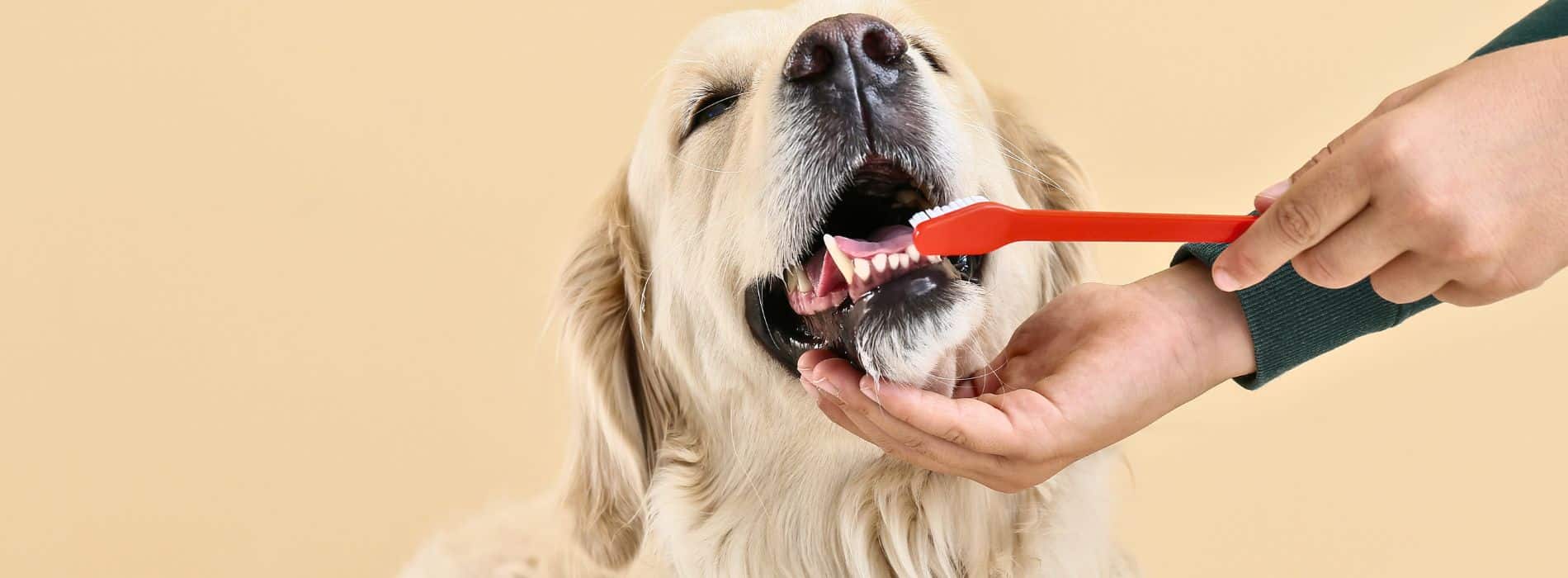
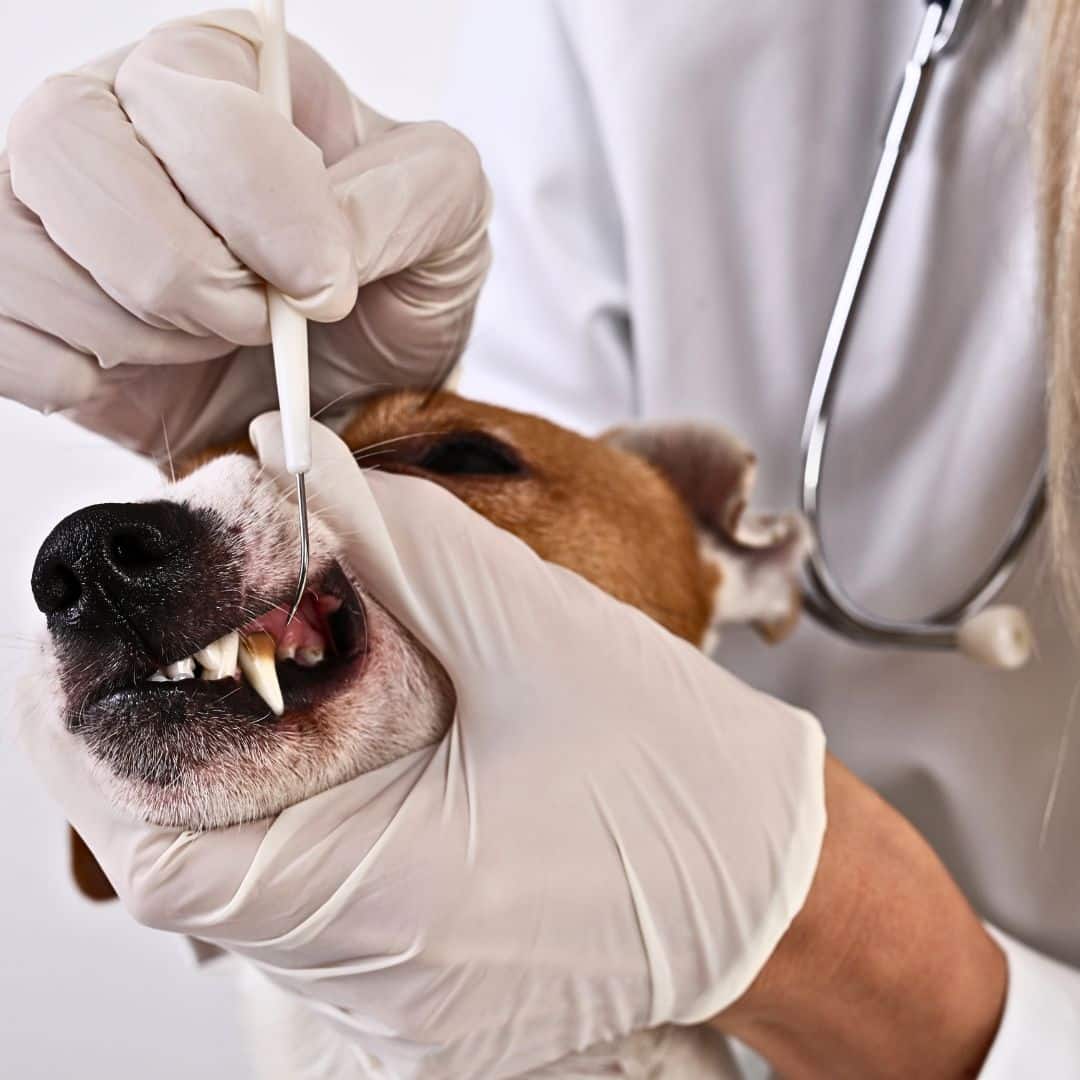
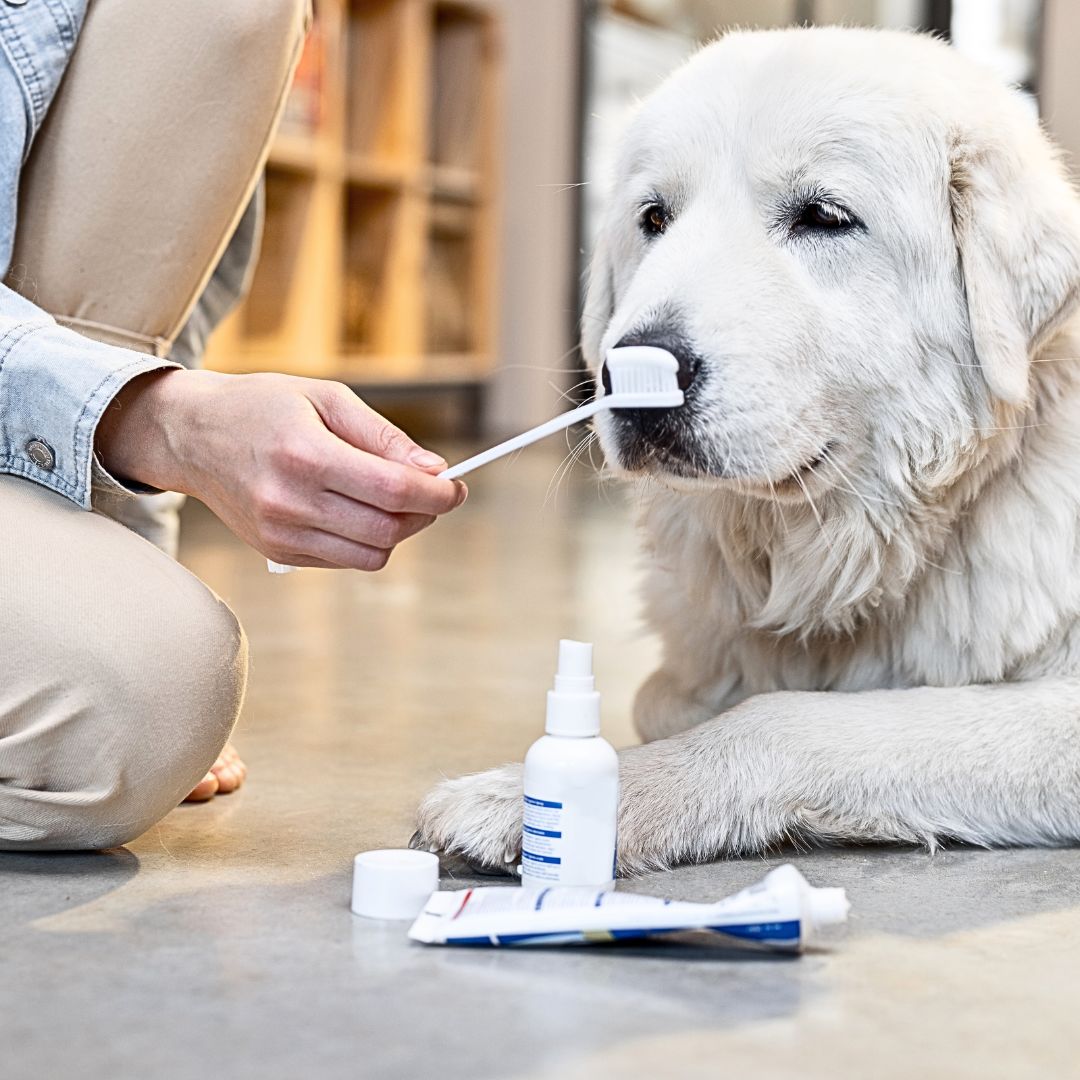
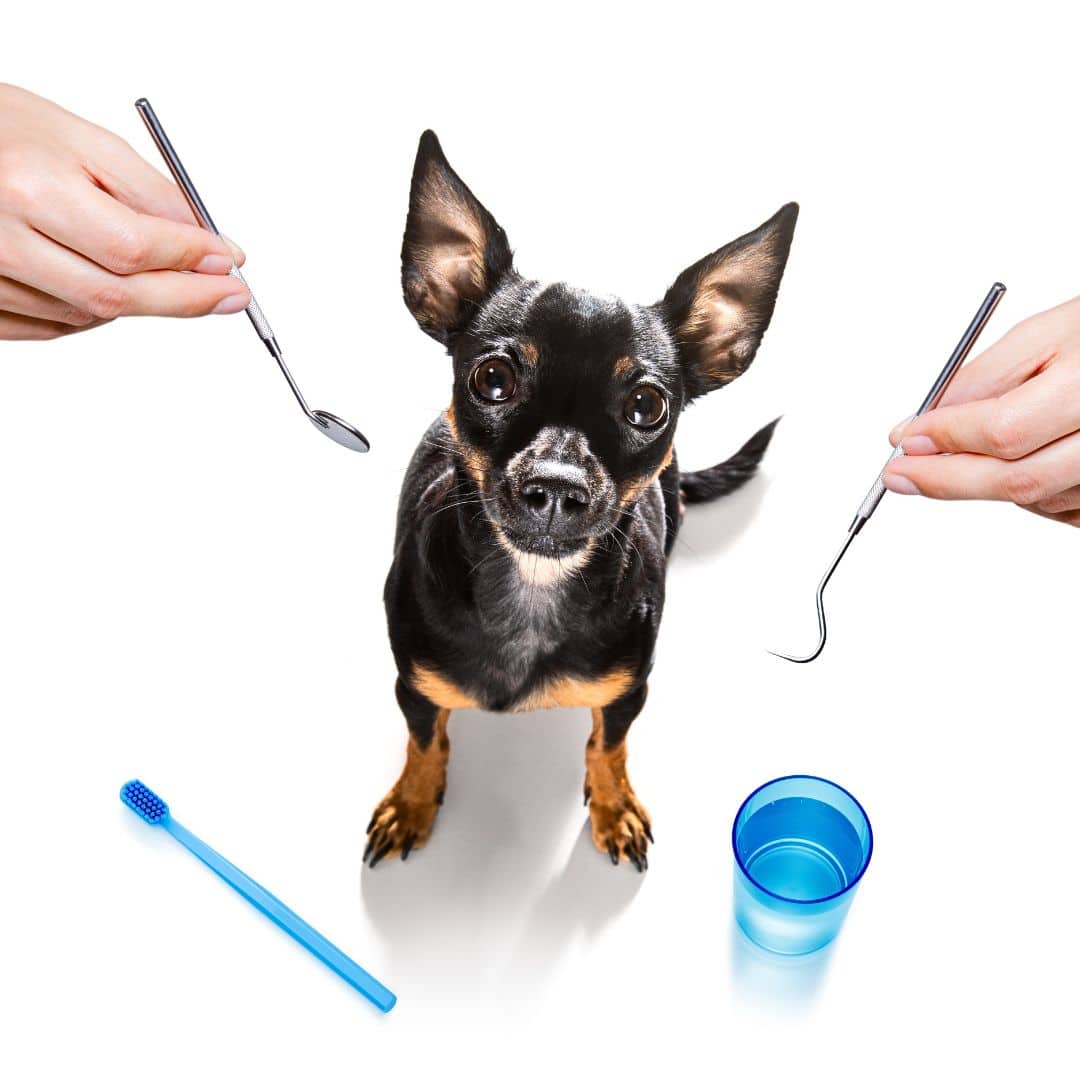
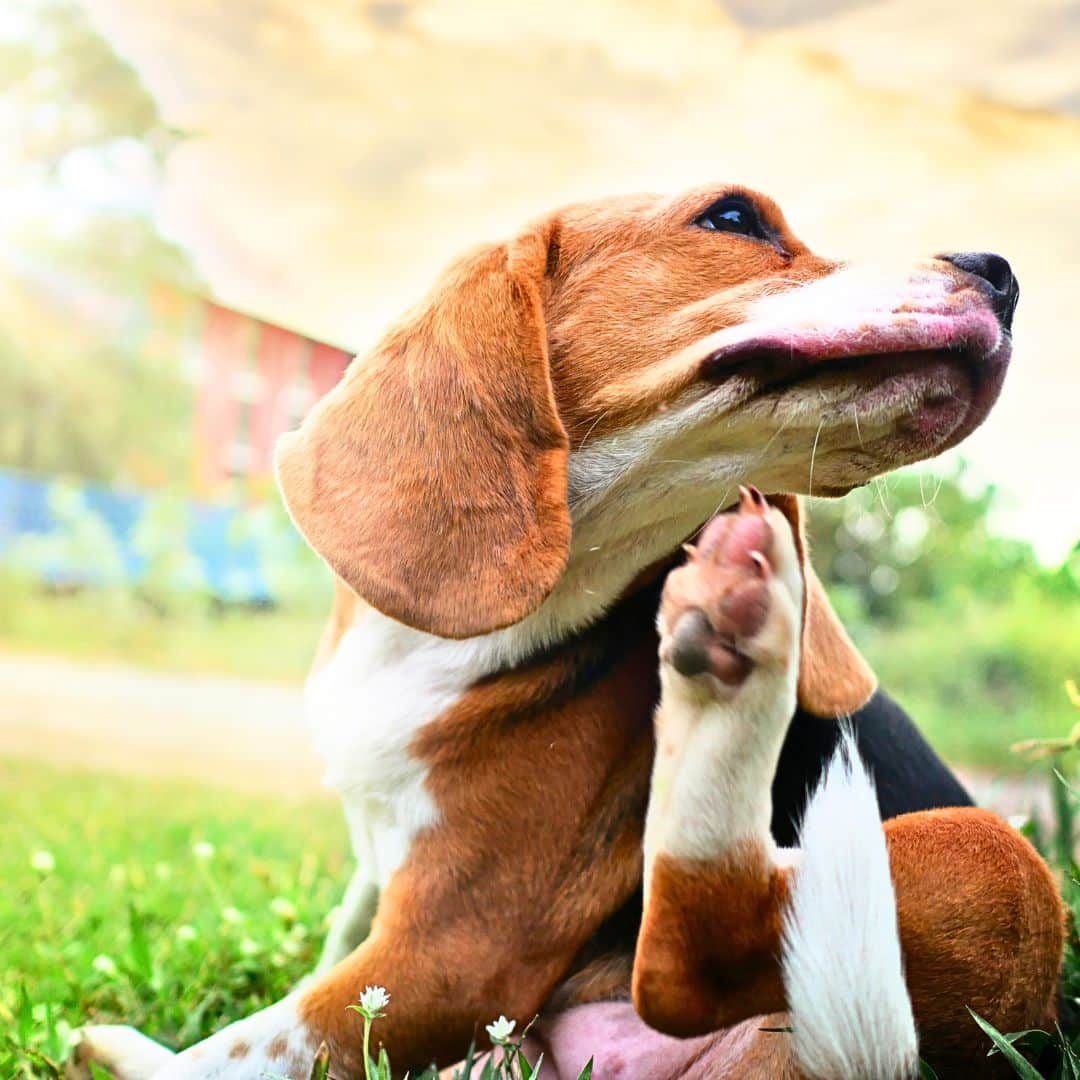
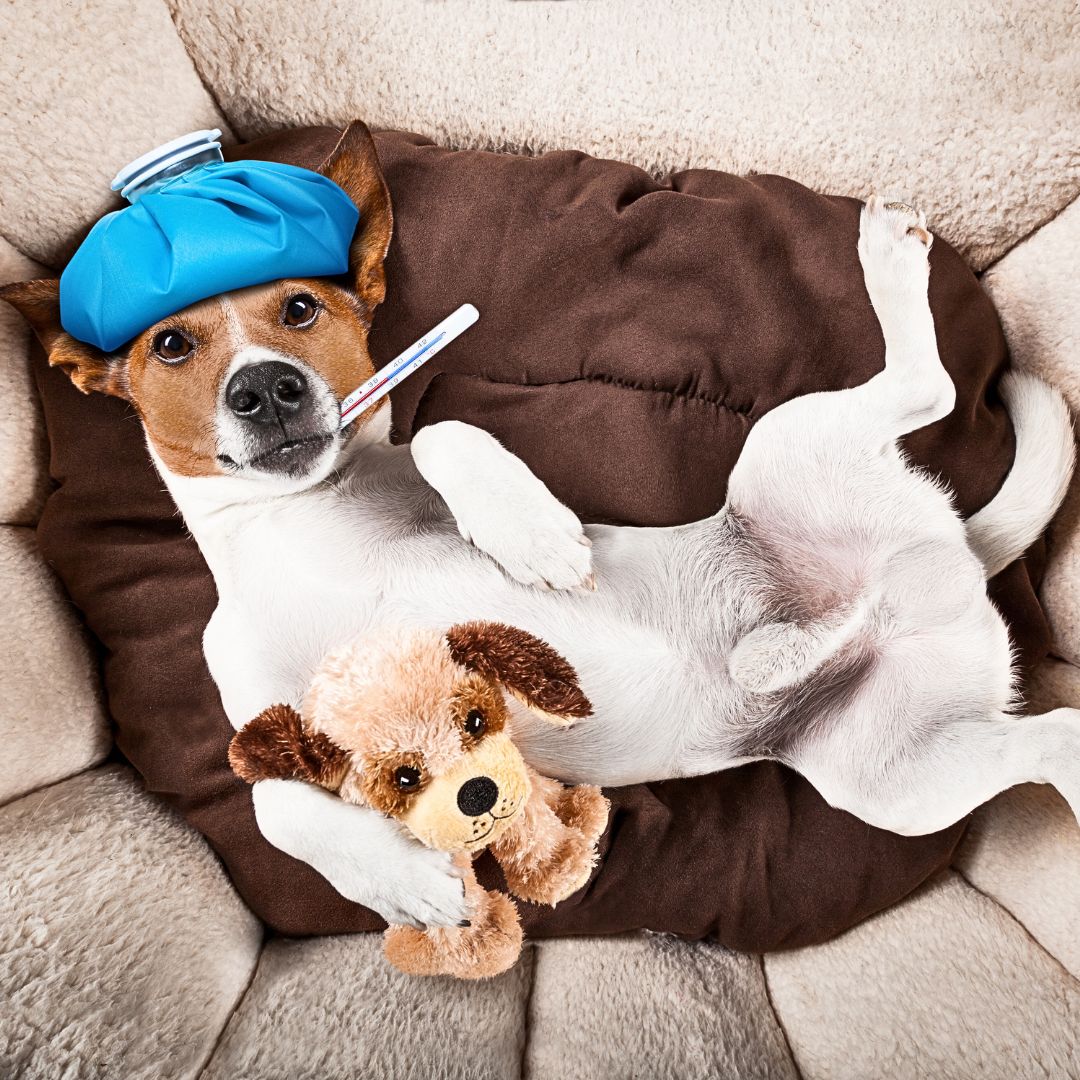
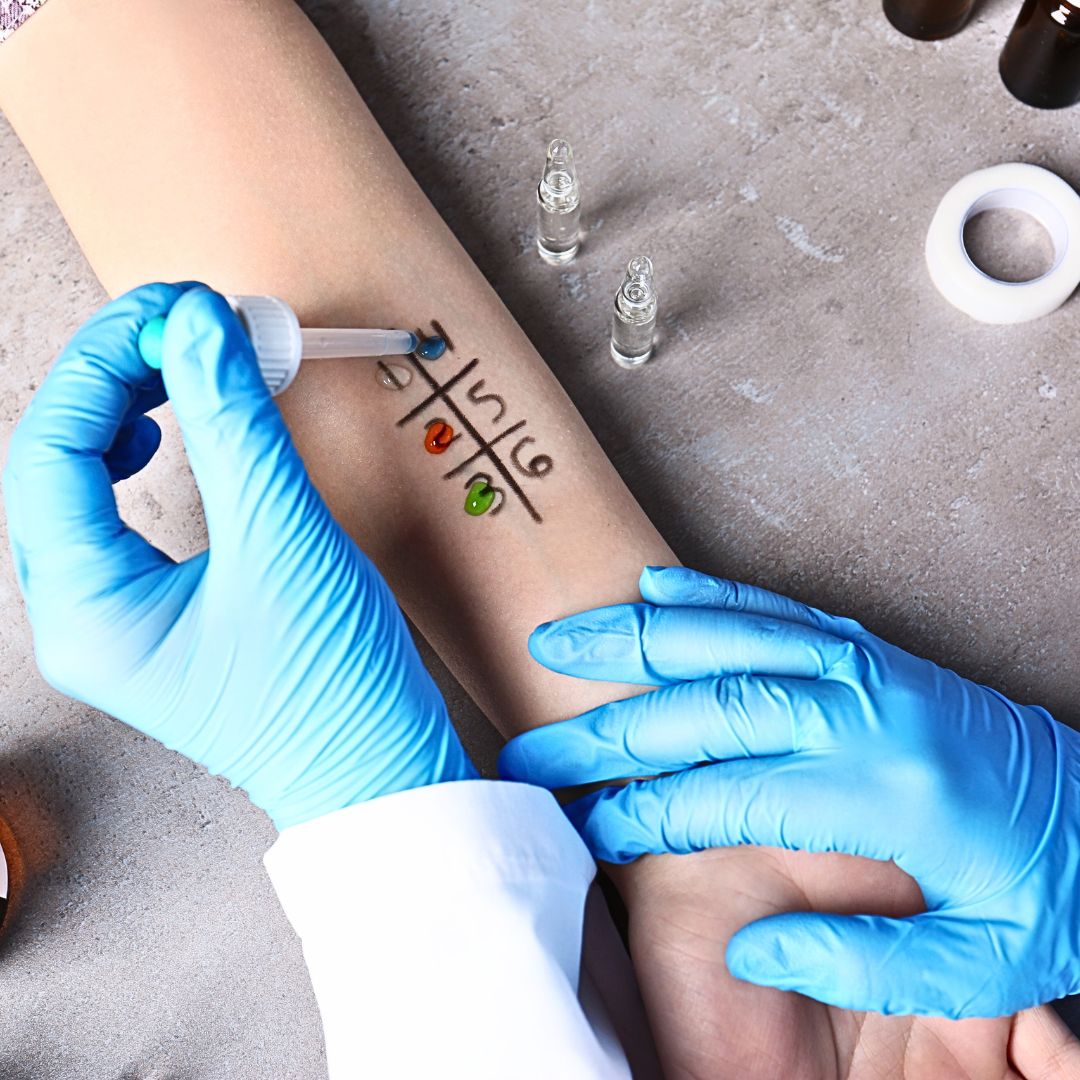
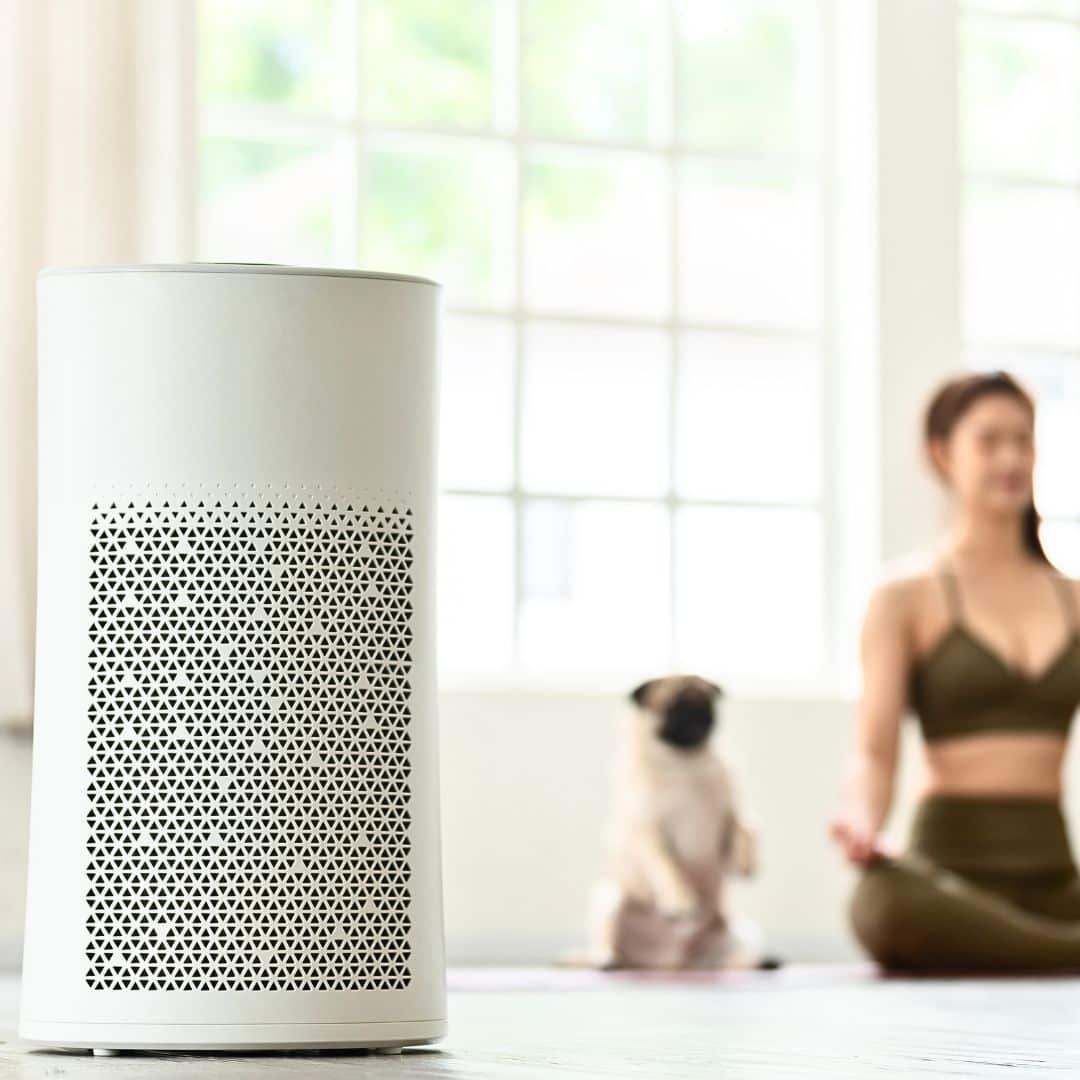
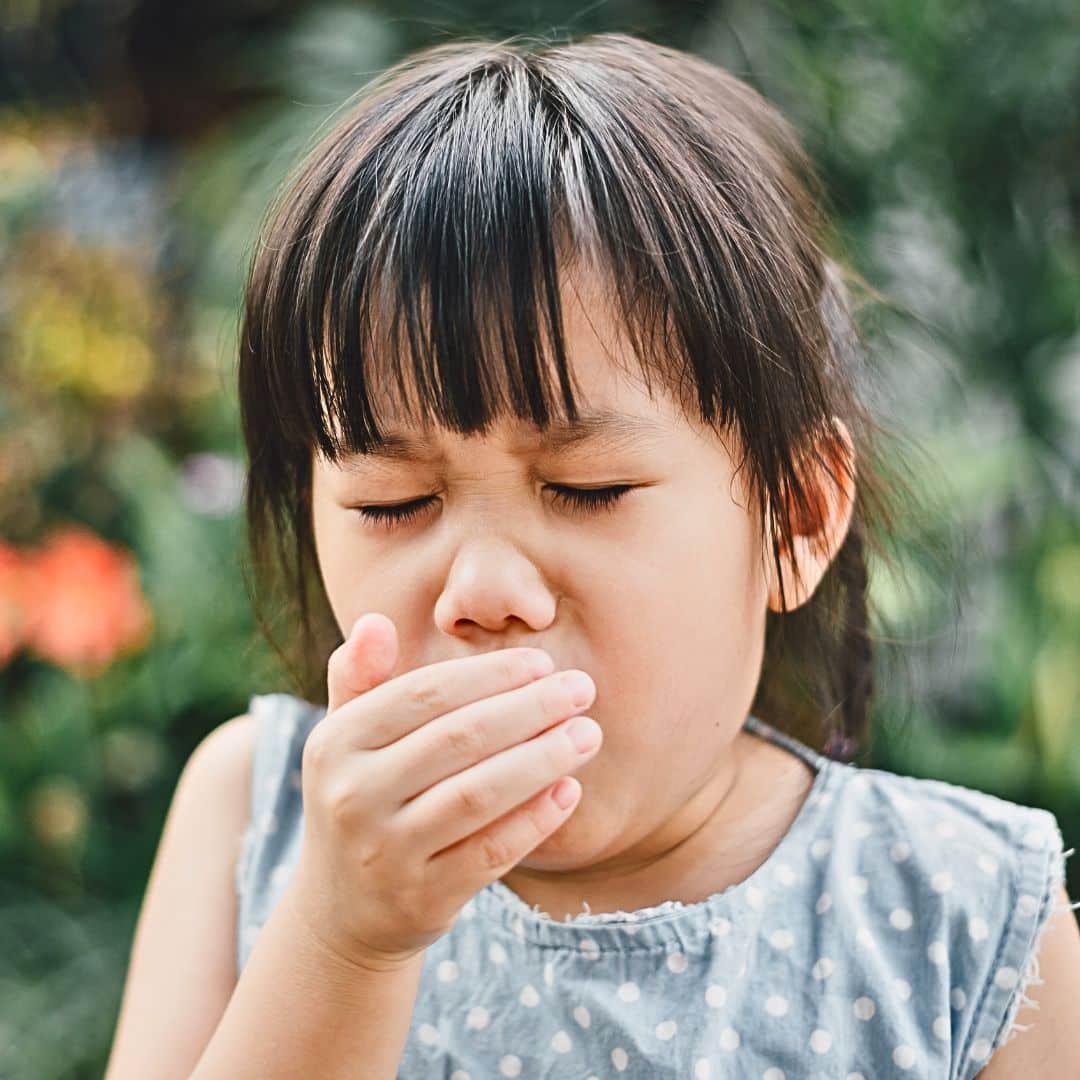
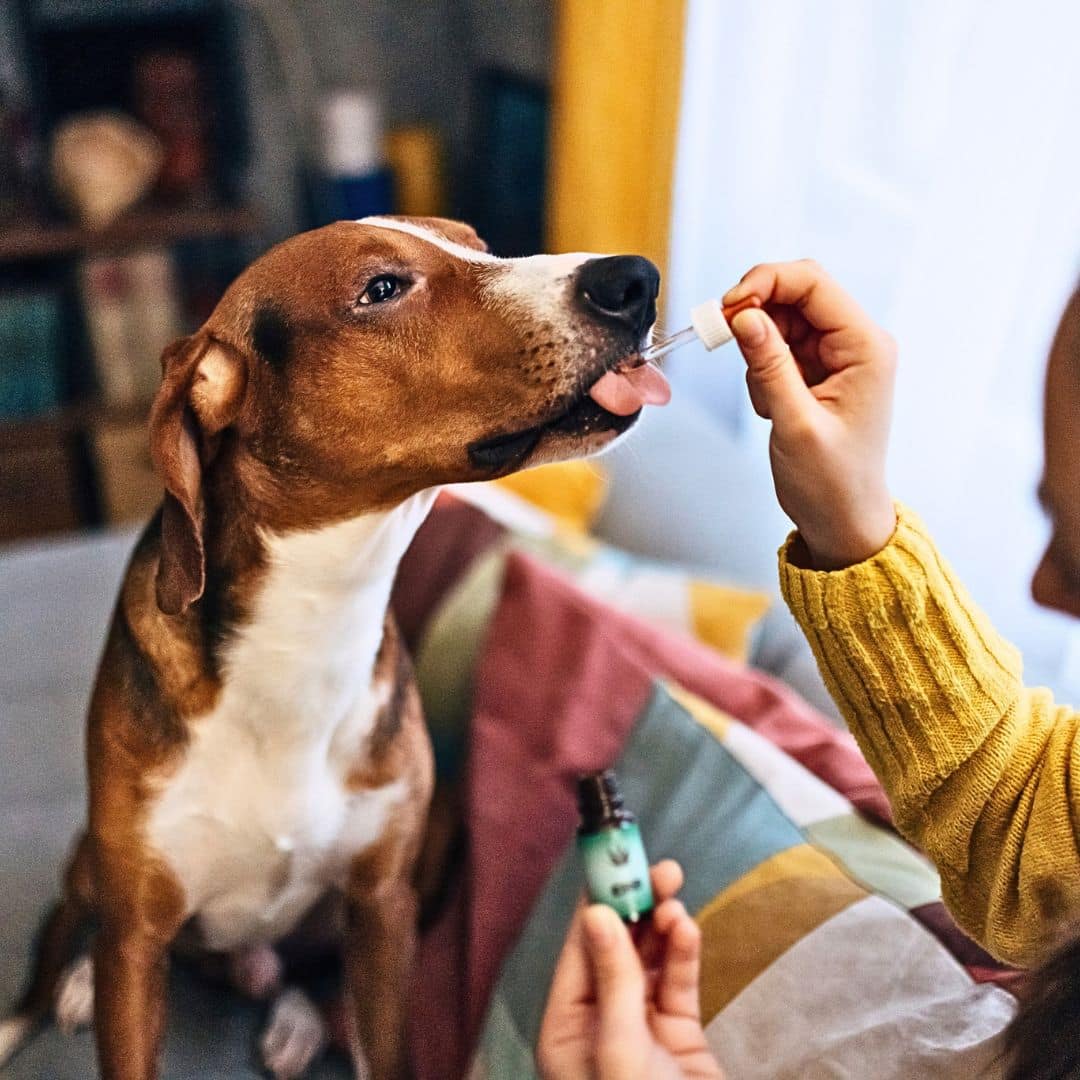





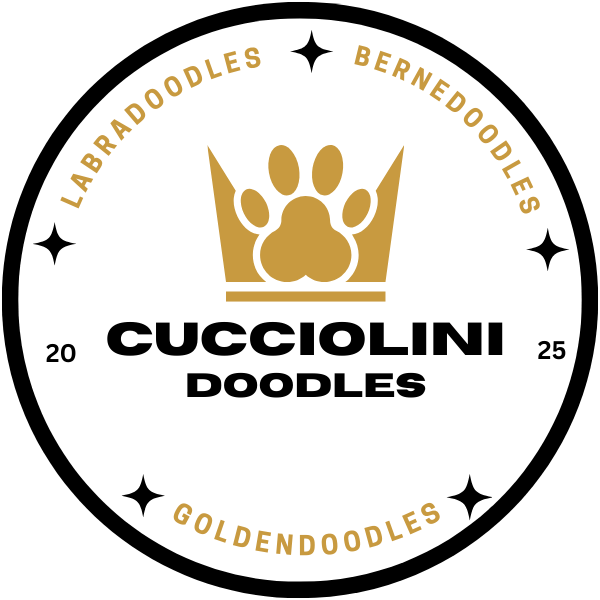
Add comment